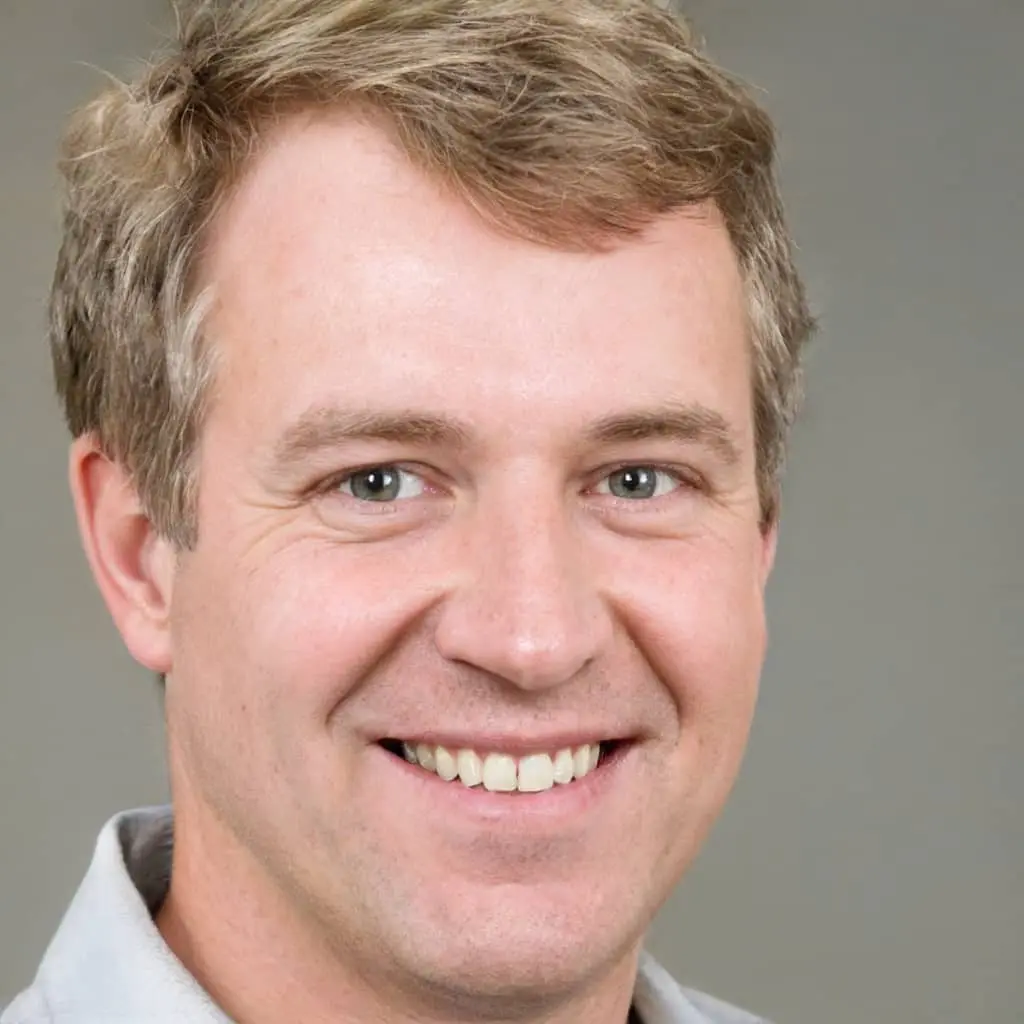The European Union (EU) has established a system to ensure that all products sold comply with European health, safety, performance, and environmental standards. When a product is in full compliance, the manufacturer is allowed to proudly display the CE Mark, or Conformite Europeene, on the product’s packaging.
CE Marking Process
In order to declare a product has been CE Marked, the manufacturer has to go through these steps:
- Ensure the produce is in full compliance with all EU regulations
- Put together a technical dossier, demonstrating the product is in compliance
- Prepare and sign a formal declaration of conformity
Product types are classified into four groups (types I, II, III, and IV) based on how potentially hazardous they could be to consumers and/or the environment. The higher the classification, the more rigorous the standards required for a CE Mark.
In most cases (type II and above), the manufacturer has to get an independent organization, called a notified body, to test the product for quality and safety. The results of the notified body’s tests must be included in the technical dossier along with the manufacturer’s own tests. The EU maintains a list of independent organizations that act as notified bodies for various types of products.
Notified bodies have to carefully inspect and approve the manufacturer’s product quality assurance system and manufacturing processes in addition to directly testing the actual product. If a product meets these rigorous standards and earns the CE Mark, consumers can be sure the product is not only safe for use but has also been produced under a high-quality manufacturing process that is safe for the environment and the workers.
What Types of Products?
The EU has identified 24 categories of products that could pose potential risks to consumers and/or the environment. These products must be CE Marked before being sold in the EU. Types of products that require a CE Mark include vehicles, watercraft, medical devices, measuring instruments, toys, electronics, machinery, communication devices, personal protective equipment, construction materials, and so forth.
US Equivalent?
There is no US equivalent of the CE Mark. Some products sold in the US need to be approved by the FDA or meet certain standards, such as Good Manufacturing Processes or being certified by an independent standard for a particular class of product. However, none of these standards or certifications ensure the quality and safety of a product in the same rigorous way that a CE Mark does. In addition, very few standards in the US consider the environmental impact of a product or its manufacturing process in any way.
What About Foods and Beverages?
Although foods and beverages do not have to be CE Marked, the electromechanical equipment and processing mechanisms used to produce food and beverages do have to be CE Marked before the foodstuffs can be sold in the EU. In addition, electromechanical equipment and measuring instruments sold to consumers for preparing foods and beverages at home also have to be CE Marked.
Tyent’s water purification and ionization systems have undergone the rigorous CE Mark process and have been proven to be safe and of the highest quality. Proudly bearing a CE Mark means that the entire process of producing a Tyent product is as safe and as environmentally friendly as possible. The standards, verified by an independent notified body, ensure that the workers who manufacture the product and the end-users, namely you, are as safe as possible. These standards also ensure the environment has not been adversely impacted by either the manufacturing process or by the final use of the product in a consumer’s home. In addition, being CE Marked means that Tyent’s quality control process is the best it can be, ensuring that every unit sold is of the highest quality. Achieving CE Mark status is something to be proud of.
